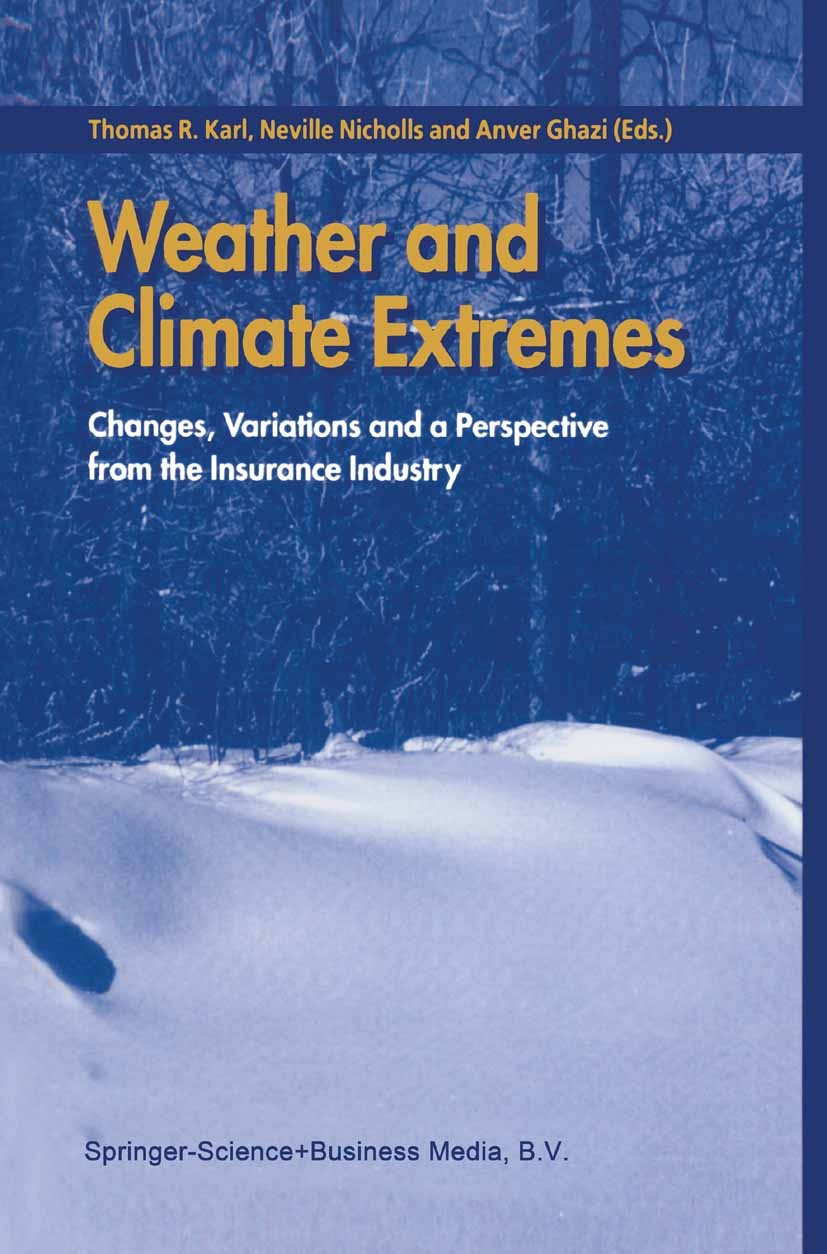Atmospheric Rivers intensify extreme precipitation and flooding across Australia
IF 6.9
1区 地球科学
Q1 METEOROLOGY & ATMOSPHERIC SCIENCES
引用次数: 0
Abstract
Atmospheric rivers (ARs) are narrow corridors of intense water vapor transport in the atmosphere. While the link between atmospheric rivers and extreme precipitation has been established across many regions of the world, the relationship between atmospheric rivers and flooding, the ultimate hazard resulting from extreme precipitation, remains poorly understood. Utilizing 467 Hydrologic Reference Stations (HRS) across Australia, the contribution of ARs to extreme precipitation and flooding is investigated by calculating the probability of occurrence of an AR on peak over threshold (POT) event days using different lag periods. By examining the tail behaviour of heavy precipitation and flooding caused by ARs, using the Generalized Pareto distribution (GPD), the magnitude to which ARs impact extreme events, and how this varies with event severity, is also quantified. Here, we find that southeast Australia has the highest AR concurrence (around 75–100 %) with extreme precipitation and streamflow events. The median magnitude of extremes is 20–70 % higher in the presence of an AR. In addition, the return periods of extreme flood and precipitation events of a given magnitude are on average 2 to 12 times shorter when they coincide with an AR compared to when they do not coincide with an AR. Our study highlights that ARs are a major factor in significantly increasing the frequency of extreme weather events in different regions of Australia. This suggests a need to incorporate AR impacts in hydrological modelling to enable better water resource management and flood risk assessment.
大气河流加剧了澳大利亚各地的极端降水和洪水
大气河(ARs)是大气中密集水汽输送的狭窄通道。虽然在世界许多地区已经确立了大气河流与极端降水之间的联系,但对大气河流与洪水(极端降水造成的最终危害)之间的关系仍然知之甚少。利用澳大利亚467个水文参考站(HRS),通过计算不同滞后期的峰值超过阈值(POT)事件日发生AR的概率,研究了AR对极端降水和洪水的贡献。通过使用广义帕累托分布(GPD)检查由ar引起的强降水和洪水的尾部行为,ar影响极端事件的程度以及随事件严重程度的变化也被量化。在这里,我们发现澳大利亚东南部与极端降水和河流事件的AR发生率最高(约75 - 100%)。极端事件的中位数强度在AR存在时要高出20 - 70%。此外,当极端洪水和降水事件与AR同时发生时,其重现周期平均比不与AR同时发生时短2 - 12倍。我们的研究强调,AR是显著增加澳大利亚不同地区极端天气事件频率的主要因素。这表明有必要将AR影响纳入水文模型,以便更好地进行水资源管理和洪水风险评估。
本文章由计算机程序翻译,如有差异,请以英文原文为准。
求助全文
约1分钟内获得全文
求助全文
来源期刊

Weather and Climate Extremes
Earth and Planetary Sciences-Atmospheric Science
CiteScore
11.00
自引率
7.50%
发文量
102
审稿时长
33 weeks
期刊介绍:
Weather and Climate Extremes
Target Audience:
Academics
Decision makers
International development agencies
Non-governmental organizations (NGOs)
Civil society
Focus Areas:
Research in weather and climate extremes
Monitoring and early warning systems
Assessment of vulnerability and impacts
Developing and implementing intervention policies
Effective risk management and adaptation practices
Engagement of local communities in adopting coping strategies
Information and communication strategies tailored to local and regional needs and circumstances
 求助内容:
求助内容: 应助结果提醒方式:
应助结果提醒方式:


